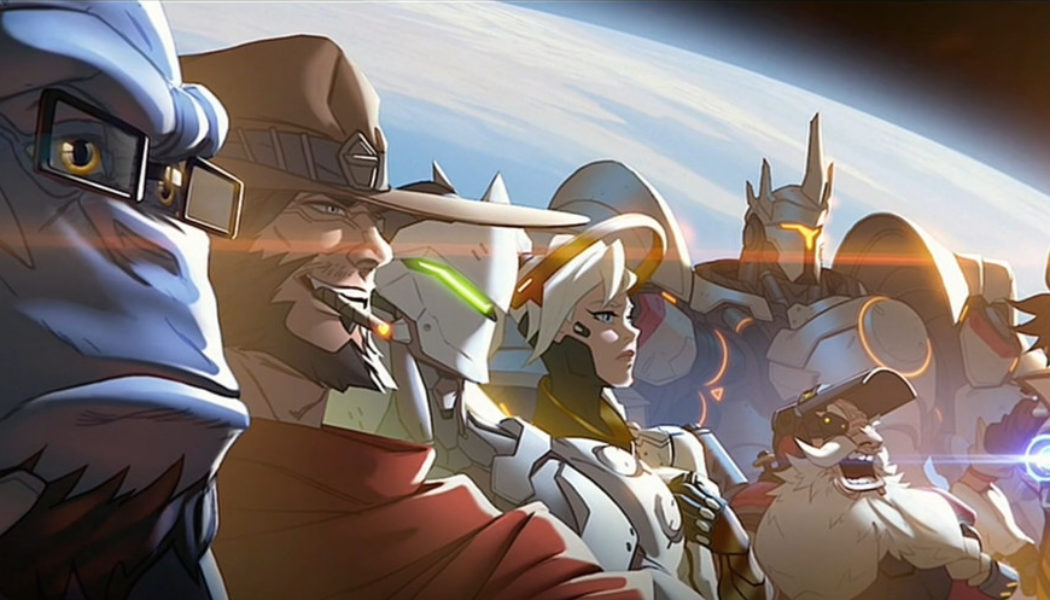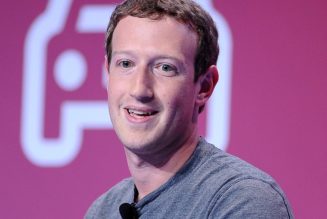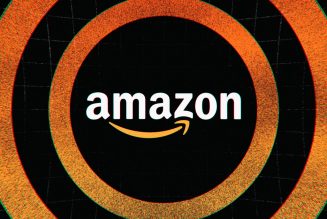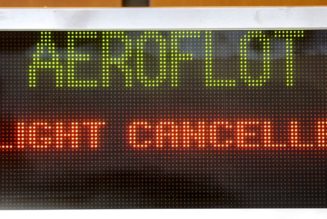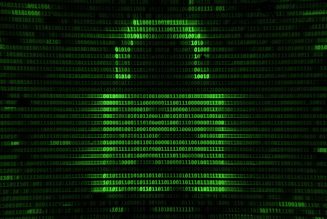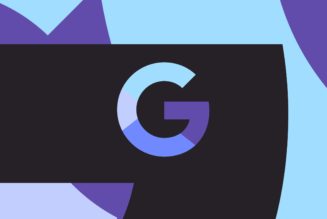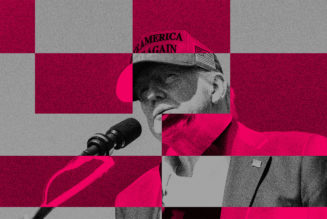The Overwatch League wrapped up its fourth regular season last weekend amid ongoing uncertainty of the league’s future. The pandemic knee-capped the league’s pivot to live, in-person events, and the employee discrimination lawsuit filed against its parent company Activision Blizzard has seen nearly all of the OWL’s sponsors revoke or pause advertising. Now reports are circulating that the league may take an extended break once the playoffs conclude in September in order to ensure the start of the new season coincides with the release of the long-in-development Overwatch 2.
But before we can contemplate what’s to come for the Overwatch League, let’s take a look at how this fourth regular season unfolded.
:no_upscale()/cdn.vox-cdn.com/uploads/chorus_asset/file/2438706/Screen_Shot_2014-11-07_at_2.35.08_PM.0.png)
The good
In season four, teams participated in four alliteratively named tournaments (May Melee, June Joust, Summer Showdown, and Countdown Cup) consisting of three weeks of qualifying matches, a knockout round, and a final, double elimination bracket. The top two teams in each region competed in a final tournament in which the participants received cash prizes and league points that will be used to determine seeding during the playoffs.
The tournaments were a welcome continuation from the previous year. Instead of regular season games existing as little more than filler for the higher stakes of the playoffs, the tournaments were a way to keep regular season play fresh and exciting. The introduction of league points created an additional level of competition complexity and produced some amusing shake-ups in the rankings. The Chengdu Hunters — the team in the Asia Division notorious for their unorthodox (and at times inconsistent) play style — rank higher than the defending champions San Francisco Shock despite having a slightly worse record. The Hunters have made appearances in two of the four tournaments earning them extra points, while San Francisco — the one-time gods of the league — never managed to escape the knockout rounds.
After dominating for two years straight, the Shock’s slight decline opened up opportunities for new teams to fill the space they left behind — namely the Dallas Fuel and my Shanghai Dragons. The Dragons had another amazing season earning two tournament wins, the top spot in the standings, and an automatic pass into the playoffs. Shanghai came so close to winning the 2020 season and this year they still look to be in top form. While there’s a chance for the Dragons to repeat their mistakes from 2020 (shout out to the Seoul Dynasty who stopped the Dragons from appearing in the Grand Finals last year) the only team their equal this year is the Dallas Fuel.
If the Overwatch League were a scripted series, the Dallas Fuel would be the gifted kid who struggled a lot before finally coming into their own power. Some inspired roster additions and excellent coaching turned the Dallas Fuel from a team that, in three years, never obtained a positive win record to the easy favorite to win it all. For my money, the team’s main tank, Eui-Seok “Fearless” Lee, or their star damage player, Yeong-han “SP9RK1E” Kim, should be the top choices for league MVP. At the very least, Fearless should be a prime candidate for the Dennis Hawelka award (think OWL’s MWP or Most Wholesome Player) after speaking out earlier this year about the discrimination he faced as a Korean living in America in the midsts of its pandemic-borne anti-Asian hate wave.
:no_upscale()/cdn.vox-cdn.com/uploads/chorus_asset/file/22790656/owl23.jpg)
The bad
Dallas and Shanghai are the two teams at the top of the standings. But if there is a top, there must also be a bottom. During the inaugural season, the 12 teams played 40 regular season games and, against all odds, the Shanghai Dragons lost all 40 of them. For three years, they were the only team to ever have a winless season. And though they’ve more than redeemed themselves with tournament wins, playoff runs, an MVP, and a very good chance to win this year — the ignominy of being the only team with a winless season stuck to them like gum at the bottom of a Balenciaga sneaker (a favorite among OWL’s hypebeast players). Now the gum has passed on to a new team, sticking to the bottom of their shoes or, rather, their wings. This year, the Los Angeles Valiant became the second team to have a winless season, losing all 16 of their regular season games.
The Valiant were a good team. In three years, they accumulated a decent record, a tournament win, two Dennis Hawekla award winners, and the dedication of a lot of fans. However, the Valiant’s owners, Immortals Gaming Club, decided, with the league’s approval, that the team would relocate from the North American division to the Asian division — moving the team from Los Angeles to China. Management was unable to secure Chinese visas for the team’s North American and Korean players and therefore had to release the entire roster and coaching staff, replacing them with all-new Chinese talent. Fortunately, most of the released players did find new teams, but fans considered the Valiant’s winless 2021 season “karma” for the management’s decisions.
The Valiant almost had company in the winless club. The London Spitfire and the Vancouver Titans ended their seasons at a single win apiece. It’s sad when former greats have crappy seasons. The London Spitfire won the inaugural season — an honor that should have gone to the New York Excelsior, the winningest team that year. And there was a time when the Vancouver Titans were the only team that could stand up to the league’s big, bad villains, the Shock. But roster changes and the stresses of the pandemic made it such that these teams barely managed to eke out a solitary win. If the script writers for 2022 are kind (if there even is a league in 2022), my fondest hope is for these teams to have the same kind of glow-up my Dragons had.
The ugly
The success of the Overwatch League is ultimately tied to the success of its parent company Activision Blizzard King and this year, success for ABK was difficult to come by. In March, a month before opening day, Activision Blizzard announced layoffs that affected its esports division that runs both the OWL and the Call of Duty League.
In April, Seoul Dynasty damage player and one of the most beloved figures in the league, came under fire for statements he made during a personal Twitch stream. Jong-ryeol “Saebyeolbe” Park expressed the frustration he felt as a Korean player trying to appeal to a Chinese audience.
:no_upscale()/cdn.vox-cdn.com/uploads/chorus_asset/file/22790671/sbb.jpg)
“I can’t say Taiwan and [Hong Kong]. At all. They [China] don’t recognize them as countries. I got into so much trouble for saying their names,” Park said in an English translation of his Korean stream.
“Make it make sense,” Park continued. “What are you talking about, ‘One China?’ So I objected to that and all the managers said, ‘If you want to earn Chinese money, you have to become a Chinese dog. So that’s what I’m doing right now. I can even say, ‘Thanks for subscribing’ in Chinese. Aren’t I good at Chinese?”
Park’s seeming denial of China’s “One China” policy that does not recognize Taiwan and Hong Kong as their own independent entities but as a member of the Chinese state, and the notion that Park was pandering to Chinese fans, drew the ire of the league’s Chinese fans and teams. Each of the four teams based in China — three of which are nearly entirely composed of Korean players — issued statements on Chinese social media condemning Park’s words while also saying they would boycott any scrimmages or matches should he appear. Park later apologized and the Chinese teams issued statements saying they would “resume normal activities.”
The incident is yet another example of Blizzard running afoul of Chinese nationalist sensibilities. In 2019, Blizzard banned and later reinstated a Hearthstone player after he expressed pro-Hong Kong views during a post-game interview. Though Park’s comments were made before the start of the season, he has not streamed nor has he appeared in a match since.
In July, the state of California sued Activision Blizzard for sexual harassment and discrimination taking place at the Overwatch developer. Almost immediately after that announcement, league advertisers began to withdraw or pause their sponsorships. In a broadcast that was dominated by commercials for IBM, T-Mobile, Cheez-Its, and Coca-Cola, only TeamSpeak remains. The league has never been candid about its finances. Team owners paid between $20 to $60 million dollars for a franchise slot and while individual teams can and have secured their own sponsorship deals, no one knows exactly how much revenue teams and the league generate. Homestands were supposed to provide regular income via ticket sales, but ever since the pandemic shut down live events, that avenue of income has been lost. Combine the loss of homestands with layoffs and the loss of key sponsors, and the league’s finances don’t look the healthiest.
:no_upscale()/cdn.vox-cdn.com/uploads/chorus_asset/file/22790641/ow2.jpg)
The future
Departing staff and a rocky development cycle on Overwatch 2 has cast uncertainty on OWL’s future. In April, Jeff Kaplan, Overwatch’s creative director affectionately known to the league as “Papa Jeff,” left Blizzard with Aaron Keller taking over his role overseeing Overwatch 2.
A report from esports site GGRecon also claimed that the League might implement an extended off-season. Jon Spector, Overwatch League vice president, refuted that claim saying in a tweet, “We have not set nor communicated dates about our 2022 season yet, but do not plan to take a ‘year-long hiatus’ in any scenario we are considering currently.”
This alleged prolonged off-season would purportedly push Opening Day 2022 from the first half of the year into the later half in order to fall near the release of Overwatch 2 — a game that still doesn’t have a release date three years after its debut at Blizzcon 2019.
Pinning the start of a season on the release of a new game is a little unorthodox in esports. The most popular esports on the planet — Dota 2, League of Legends, CS:GO, PUBG — implement necessary changes via regular content and balance patches which don’t typically disrupt a season. The exceptions to this rule — Call of Duty and the various sports games like FIFA, Madden, and NBA 2K — have yearly release cycles you could set your watch by, making season planning simple.
We do know a little about how the new game will impact competitive play. The developers stated that team sizes will shrink from six to five and showcased the new competitive mode Push. The Overwatch team also teased new maps, new hero looks, and the anxiously awaited heroine, Sojourn — Overwatch’s first Black female hero.
:no_upscale()/cdn.vox-cdn.com/uploads/chorus_asset/file/22790644/owl2.jpg)
Now what?
The fourth season of the Overwatch League isn’t yet over. This weekend concludes the last of the four tournaments, and I’m excited that neither the Dallas Fuel nor the Shanghai Dragons will participate. What I love about this year the most is its parity. The San Francisco Shock dominated seasons two and three. They won everything easily and made the seasons kinda boring. (Yes, Shanghai did, too. I’m biased, sue me.) This year, instead of the narrative being dominated by a scant handful of teams at the top, lots of different teams across both divisions had their chance to shine. Houston, Chengdu, Dallas, Atlanta, and the Los Angeles Gladiators all had moments of sheer brilliance combined with smaller but no less brilliant moments from weaker teams like Vancouver, Toronto, and London.
For the first time in two years, I’m confident the playoffs won’t be attended by kings of the Bay. Instead, my hope springs eternal that the Dragons, my Dragons, will finally play in a Grand Finals match.
Every year a rivalry between two teams dominates the Overwatch League’s “storyline” and this year’s rivalry is between Shanghai and Dallas. They are the top teams in their respective divisions and met twice in tournament finals with each team claiming a victory over the other.
I have a standing appointment with my local tattoo shop. If the Dragons win an OWL championship, I’ll get their logo emblazoned on my arm (yes, I am serious). If this league is indeed scripted, a Dallas / Shanghai Grand Final is what we’ll get and it’s a final fans deserve. And if this is the end for OWL — please, just let my team win its last game.
